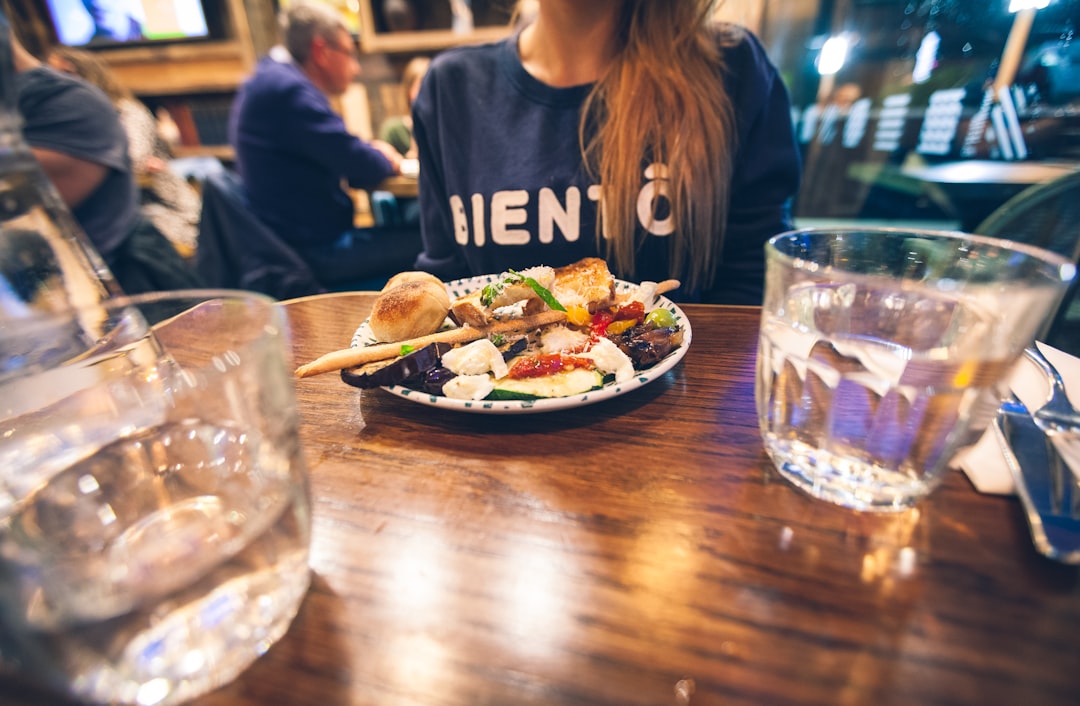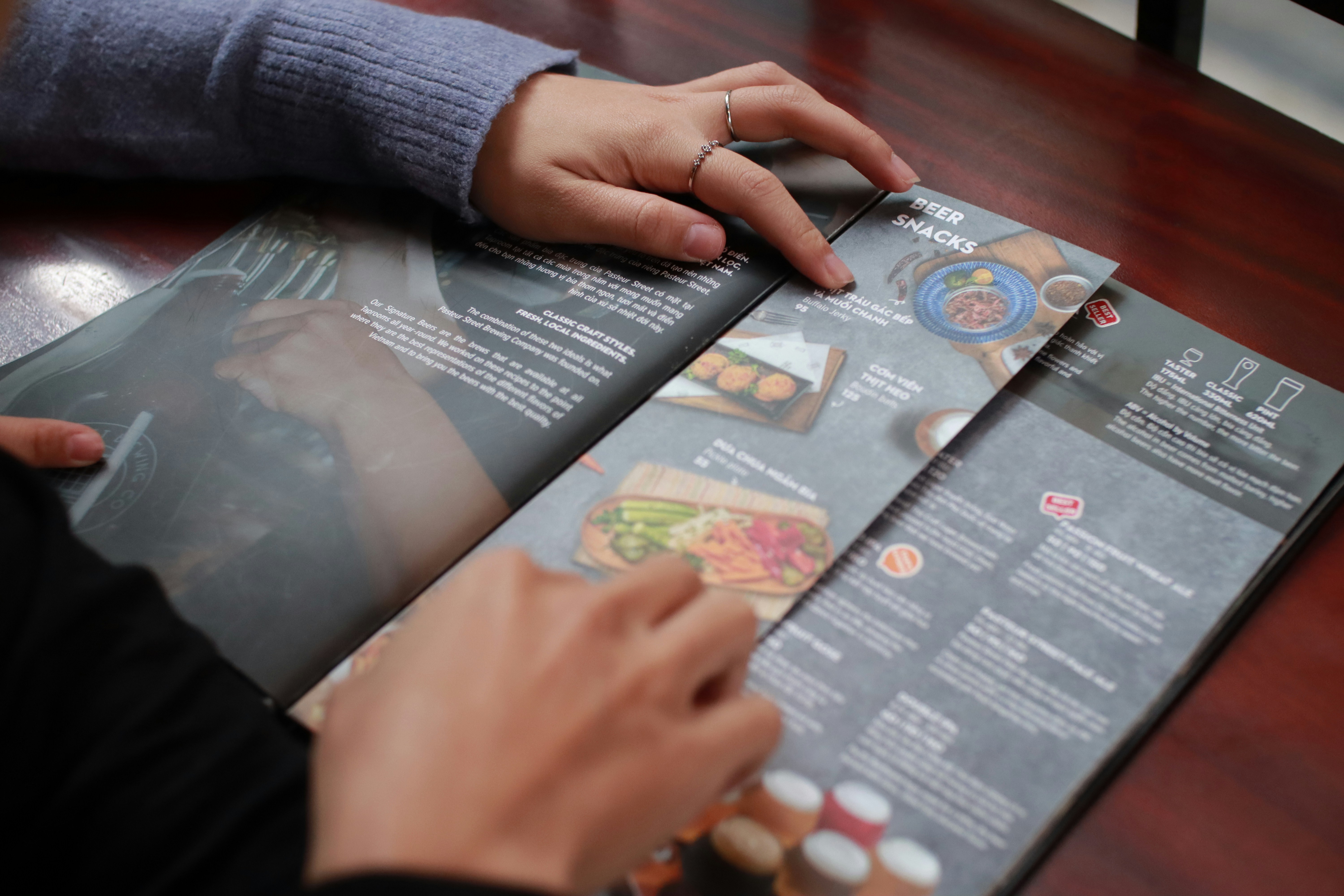In today's food scene, having amazing dishes isn't enough. Your potential customers are scrolling, searching, and deciding where to eat—all from their phones. Without a strong digital presence, your restaurant is essentially invisible to countless hungry patrons.
The restaurant industry is more competitive than ever. A strategic digital marketing approach isn't just nice to have—it's essential for survival and growth. Restaurants with effective digital strategies see up to 30% higher customer engagement and significantly improved revenue.
Think about it this way: your restaurant might be the best in town, but if someone can't find you online when they search "where to eat dinner tonight," you might as well be closed. Digital marketing bridges the gap between your culinary expertise and the diners searching for their next meal experience.
Let's dive into the digital marketing strategies that will transform your restaurant's online presence and keep your tables full.
When hungry customers search "best Italian restaurant near me" or "brunch spots downtown," you need to appear at the top of those results. Local search is powerful—97% of consumers search online for local businesses.
NAP optimization (Name, Address, Phone number) is your first step. Ensure your information is consistent across all platforms—Google Business Profile, Yelp, TripAdvisor, and any other directory. According to Salesforce's restaurant marketing guide, inconsistent NAP information can drastically reduce your local search visibility.
Action steps:
Your website is your digital storefront. It should be beautiful, functional, and optimized for mobile users. With over 60% of searches now occurring on mobile devices, an outdated or slow-loading site will send potential diners straight to your competitors.
Action steps:
A restaurant website isn't just informational—it's functional. Every second your site takes to load costs you customers. Studies show that bounce rates increase by 32% when page load time goes from 1 to 3 seconds.
We eat with our eyes first. Professional food photography is one of the most powerful marketing tools for restaurants.

Invest in professional photography that showcases your dishes in their best light. These images can be used across your website, social media, and online ordering platforms to entice customers.
Sweetgreen exemplifies this approach on Instagram, using stunning visuals of fresh ingredients and finished dishes to attract health-conscious millennials. Their photography doesn't just show food—it tells a story about freshness, health, and sustainability.
Consider this: Restaurants that use professional photography on their menus can increase sales of those items by up to 30%. It's an investment that pays for itself quickly.
Social media is where food culture thrives. Platforms like Instagram and TikTok are perfect for showcasing your culinary creations.
Action steps:
Think beyond just posting photos. Create a content calendar that includes seasonal specials, chef spotlights, customer testimonials, and community involvement. Restaurant content that resonates most shows the human element behind the food.
Email marketing delivers one of the highest ROIs of any digital marketing channel. Build a subscriber list and keep customers coming back with targeted campaigns.
Action steps:
The key to restaurant email marketing is personalization. When you send a targeted offer based on a customer's previous orders or preferences, you can see conversion rates up to 5 times higher than generic mailings.
Customer retention is more cost-effective than acquisition. A digital loyalty program keeps customers coming back. It costs 5-7 times more to acquire a new customer than to retain an existing one.
Action steps:
The most successful restaurant loyalty programs make customers feel like VIPs. Exclusive access to new menu items, chef's table experiences, or members-only events creates emotional connections that keep diners coming back.
Online reviews can make or break your restaurant. Actively managing your reputation is crucial.
Action steps:
According to Grubhub's digital marketing guide, restaurants that respond to reviews see up to 12% higher engagement rates. A single negative review can cost you up to 30 customers, but when you respond effectively, 33% of negative reviews turn into positive ones.
Pay-per-click (PPC) advertising allows you to reach potential customers at the moment they're searching for dining options.
Action steps:
Smart restaurant marketers use dayparting in their ad strategies—showing breakfast promotions in the morning and dinner specials in the afternoon. This targeted approach can improve conversion rates by up to 25% compared to all-day campaigns.
While maintaining your own ordering system is important, partnering with popular delivery platforms expands your reach.
Action steps:
The food delivery market has grown exponentially, with Salesforce reporting that 60% of U.S. consumers order delivery or takeout at least once a week. Meeting customers where they are—on these platforms—is critical to staying competitive.
The most successful restaurant marketing strategies don't treat these channels as separate efforts. Instead, they create an integrated approach where each element supports the others.

For example, your social media can promote your loyalty program, while your email marketing can encourage online reviews. Your website should make online ordering easy, while your local SEO ensures people find you in the first place.
Think of your digital marketing strategy as a multi-course meal—each element should complement the others and create a cohesive experience. When your social media aesthetic matches your website, which matches your email campaigns, which matches your in-restaurant experience, you're creating a strong brand that customers remember and return to.
By implementing these digital marketing strategies, your restaurant can increase visibility, attract new customers, and build lasting relationships with diners. Remember that consistency is key—maintain your brand voice and quality across all digital touchpoints.
The restaurant industry continues to evolve, and so should your digital marketing strategy. Stay informed about emerging trends and be willing to adapt your approach based on what resonates with your audience.
Ready to take your restaurant's digital presence to the next level? Consider how an all-in-one restaurant management platform could streamline these efforts while improving your overall operations. The right technology partner can help you implement these strategies more efficiently, letting you focus on what you do best—creating exceptional dining experiences.
